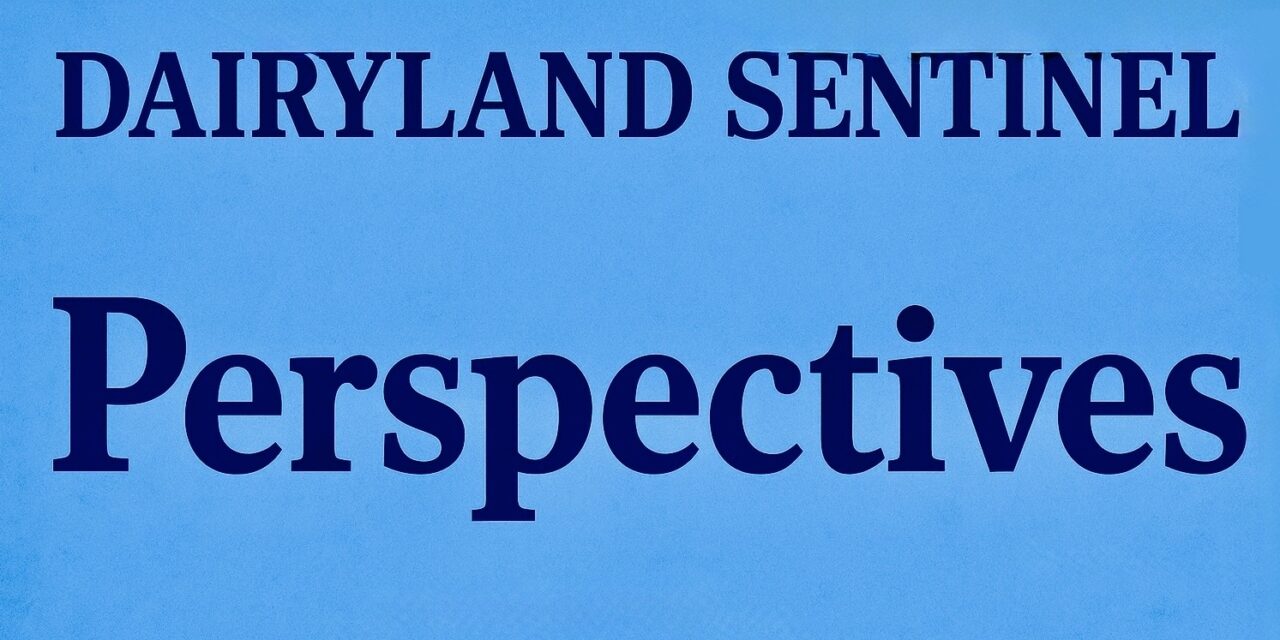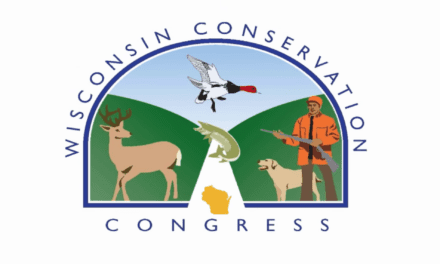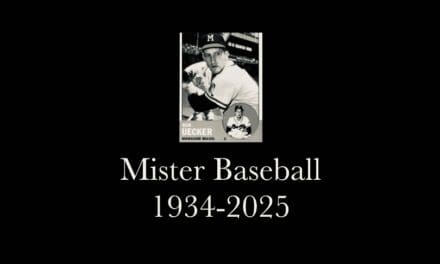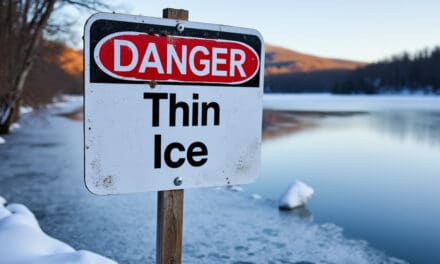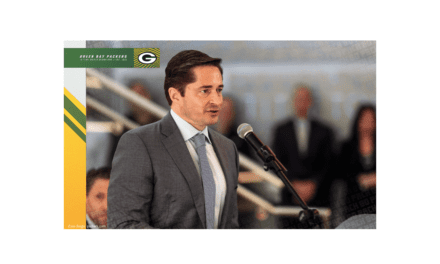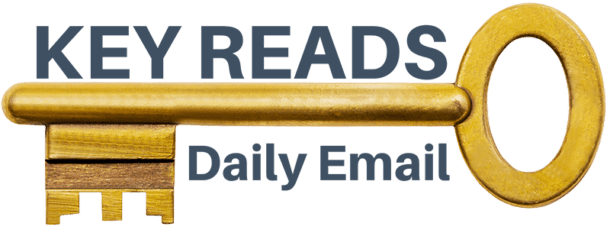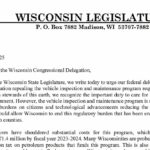A Dairyland Sentinel Perspectives Column by George Mitchell
The Feller School in suburban Madison has earned praise and increasing attention during discussions of the K-12 literacy crisis. That’s because Kim Feller’s private school delivers results. The benefits go beyond the students she enrolls to include the many teachers she trains during summer programs.
Feller has made the regrettable but understandable decision not to join Wisconsin’s private school choice program. She explains why — excessive state regulation — in a report from Will Flanders at the Wisconsin Institute for Law & Liberty (The High Cost of Regulation. How Excessive Government Control Threatens School Choice in Wisconsin).
Since the earliest days of the school choice movement, opponents correctly have viewed top-down regulation as a way to limit private school participation.
Feller’s story shows how their strategy is paying off in Wisconsin, ground zero for what has become a national effort to expand education options. The state’s extensive regulation of participating private schools is the main concern expressed by schools that choose not to join the voucher program. Their reluctance directly furthers opponents’ goal of limiting options available to parents.
More than three decades into the era of tax-supported private school choice, only half of Wisconsin’s private schools participate. Contrast this with the experience in Arkansas. New research shows that 84% of private schools, and hundreds of other service providers, participated in the Education Freedom Accounts program after only three years. Participation this year will approach 100% of private schools.
Wisconsin legislators in both parties are ready to ramp up the regulatory machine. This will slow — and likely reduce — the participation of private schools. Supporters of more regulation advance the idea, once put forward almost solely by choice opponents, that schools accepting voucher students should expect to be regulated like public schools. Many legislators now are willing to allow state education bureaucrats into the private school classroom.
Wisconsin thus is the canary in the coal mine. If legislators get their way, it will validate those who warned from day one that tax-supported school choice would threaten the autonomy and independence of private schools. Wisconsin’s experience with choice will flat line. Already, the weight of regulation in Wisconsin is a lesson to other states on what to avoid.
This would be a confounding disappointment for a program that produces favorable results at a fraction of the cost of traditional public schools. Indeed, Wisconsin’s participating private schools arguably are more accountable than public schools. They undergo multiple independent audits each year and must be independently accredited. Most importantly, their existence depends completely on satisfying parents, by far the most demanding form of accountability. The Milwaukee Public Schools are among several districts in Wisconsin that would struggle to be as accountable as those in the private choice program.
The current situation differs notably from the approach supporters took in prior years. Thanks to the courts and legislative allies, former DPI Superintendents Bert Grover and John Benson failed in their efforts to treat private choice schools as the equivalent of public schools.
One successful effort by legislative choice allies illustrates their resolve. After Wisconsin’s Supreme Court upheld religious school participation, Benson validated fears of school leaders with a wide-ranging regulatory scheme. The Republican co-chairs of the legislature’s administrative rules committee, Sen. Bob Welch and Rep. Mary Lazich, rallied to the cause of private schools and effectively forced Benson to back down.
Benson and Grover would be pleased to see the change of heart among many current legislators. If their proposed mandates find a way into law, it will mean a top Benson aide was right when he said “Not today, but [some] years from today, religious schools may be very sorry they got into this. The state will demand accountability, and the result will be two public school systems.”
Susan Mitchell authored a prescient report (How School Choice Almost Died in Wisconsin, Wisconsin Policy Research Institute – now Badger Institute, September 1999). As she observed:
“Despite heavy regulation, most public schools, especially urban districts, are not accountable for what counts most — academic performance. Nonetheless, the promise of accountability through government regulation is seductive, the wolf in sheep’s clothing that lures even some supporters. But even experienced public school officials know that rules mean little.”
To buttress her point, she quoted Allen Nuhlicek, a former MPS Principal then at the private Bruce Guadalupe School. Reacting to new school choice rules proposed by opponents in the mid-1990s, he said:
“I fear this is well-meaning but will be only the first wave of regulations. My experience [as an MPS principal] causes me to ask: What relationship is there between rules and regulations and achievement? To follow the regulatory model is an alluring trap…I have seen [public school staff] tied up for weeks [trying to implement well-intended rules]. If you legislate away all problems you will legislate away all success.”
Mitchell’s cautions, and the warning of Nuhlicek, capture fully the climate that now exists among some legislative supporters of choice and the unified opposition. It’s why parents who can’t afford tuition are denied the option presented by the likes of Kim Feller. It is a hinge moment.
George Mitchell is a longtime school choice advocate.
